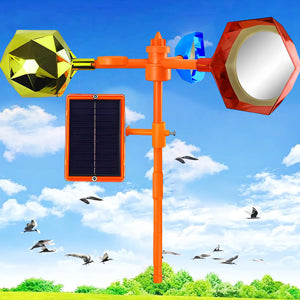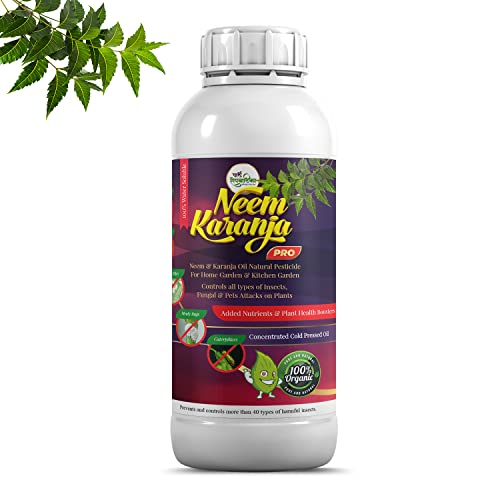Ensured food security as world faces drought
Share
Researchers are developing new crops that are more resistant to drought. These crops could help to ensure food security in areas that are affected by climate change.
Drought is a major threat to food security around the world. As the climate changes, droughts are becoming more frequent and severe. This is putting a strain on agricultural production, and could lead to food shortages in some areas.
Researchers are working to develop new crops that are more resistant to drought. These crops could help to ensure food security in areas that are affected by climate change.
There are a number of ways that researchers are developing drought-tolerant crops. One approach is to breed crops that have genes that make them more resistant to drought stress. Another approach is to use genetic engineering to introduce genes from other plants that make them drought-tolerant.
Researchers are also developing new agricultural practices that can help to make crops more drought-tolerant. These practices include:
- Using drought-tolerant varieties of crops
- Planting crops in areas that are less prone to drought
- Using irrigation water more efficiently
- Using cover crops to help retain moisture in the soil
The development of drought-tolerant crops and agricultural practices is essential to ensuring food security in a changing climate. These technologies have the potential to help farmers produce more food with less water, and to protect crops from the effects of drought.
Here are some examples of drought-tolerant crops that are being developed:
- Drought-tolerant wheat: Researchers at the University of California, Davis have developed a new variety of wheat that is more resistant to drought. The new variety has longer roots that can reach deeper water supplies, and it is also more efficient at using water.
- Drought-tolerant rice: Researchers at the International Rice Research Institute have developed a new variety of rice that is more resistant to drought. The new variety has a thicker cuticle that helps to reduce water loss, and it is also more tolerant of high temperatures.
- Drought-tolerant maize: Researchers at the University of Illinois have developed a new variety of maize that is more resistant to drought. The new variety has a more efficient root system that can extract water from deeper soil layers, and it is also more tolerant of high temperatures.
These are just a few examples of the many drought-tolerant crops that are being developed. As the climate continues to change, these crops will become increasingly important for ensuring food security around the world.















